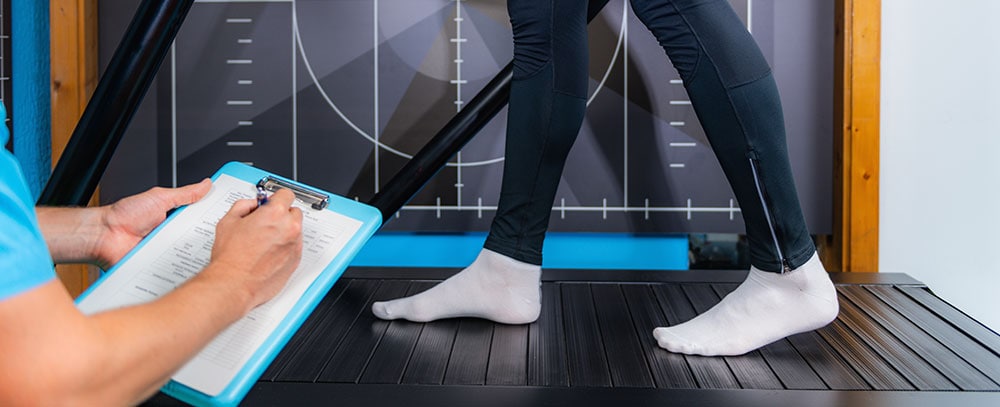
“Come on, baby… let’s do the Twist!”
That simple demand, uttered by Chubby Checker in his funky 1960 rock ‘n roll song, is actually a lot more complex than it might appear at first glance.
Human motion (you know, walking, running, and dancing) is an extremely convoluted endeavor. It involves complex interactions of skeletal connections and alignments, varying ranges of joint motion, intense neuromuscular activity, and the rules of physics that govern bodies in motion.
It all starts with the feet and ankles, and there are literally hundreds of painful and debilitating ways that the process of human locomotion can malfunction. That’s why there’s such a constant need for podiatrists. And that’s why practitioners of podiatry create so many custom orthotic inserts.
Among the more common impediments to human locomotion, and among the primary reasons that podiatrists need to make so many custom orthotic inserts, are the pain and disability caused by bunions.
What is a bunion?
A bunion is a protruding deformity of the metatarsophalangeal (MTP) joint (the joint between your foot bone and toe bone). In Latin, a bunion is known as a hallux valgus. A more colloquial description of a bunion is: a bad bulging bony bump at the base of your big toe.
Whatever label you choose for it, a bunion can become a source of agony, inconveniently located right where your big toe joins the rest of your foot.
What are custom orthotics?
Custom orthotics are specially made shoe inserts. There is an important distinction between custom orthotics and the over-the-counter shoe insoles that are mass-produced for mass consumption.
Over-the-counter shoe inserts rely on the notion that “one size fits all.” However, it’s a lot more accurate to say that “one size fits none.” Retail shoe inserts are designed for the average foot. But no real person’s feet are actually “average,” and a perfectly “normal” foot is a myth.
Please don’t misunderstand, over-the-counter insoles can be helpful. They provide a limited amount of cushioning and a limited measure of added support.
But over-the-counter shoe inserts can’t properly address the pain emanating from a moderate to severe bunion.
The best custom orthotics for relief of bunion discomfort are remedial devices prescribed by board-certified doctors of podiatric medicine (DPM). Each such orthotic is designed and manufactured to relieve foot pain and accommodate the foot condition of one specific patient.
People generally associate orthotics and shoe inserts with arch supports, but they can be used for so much more. A good custom orthotic can help plantar fasciitis, calluses, Achilles’ tendonitis, and more. Your podiatrist can even design you a custom orthotic specifically for your bunion-related foot pain.
Custom orthotics make standing, walking, and running more comfortable and efficient by altering the angle at which the foot strikes the ground. They act as shock absorbers, improve balance, and remove pressure from areas sensitized by the presence of a bunion.
Custom orthotics can alleviate bunion symptoms
Bunions are a progressive condition, and the only complete and permanent cure is surgical intervention. However, the bunion’s progression can be significantly slowed by a properly prescribed orthotic. Such an orthotic can also dramatically reduce the level of pain emanating from the bunion. Furthermore, a properly constructed orthotic can help restore a substantial measure of healthy motion to the MTP joint during motion, whether walking or running.
When prescribing an orthotic as a bunion remedy, a podiatrist’s main goal is maximizing pain-free flexing of the first MTP. So, the orthotic is designed to reduce the compression forces associated with the joint’s immobility.
Although each podiatric orthotic is just as individual as the foot for which it is prescribed, there are three categories into which orthotics generally fall: functional, accommodative, and semi-rigid. Bunions are best remedied by accommodative custom orthotics.
Functional foot orthotics
Functional orthotics are made from materials with limited resiliency and yield, such as carbon fiber. They are designed to keep the foot, ankle, and calf in a neutral position, thereby controlling abnormal biomechanical motion. They can also be used to remedy conditions like shin splints and tendinitis.
Accommodative foot orthotics
Accommodative foot orthotics are softer. Their primary purpose is to provide cushioning and support. They are appropriately prescribed for bunions, hammertoes, calluses, and other sources of foot, ankle, and heel pain.
Semi-rigid foot orthotics
Semi-rigid orthotics facilitate active participation in running and sports. The typical semi-rigid orthotic is composed of core layers of resilient material, reinforced by outer layers with stiffer composition.
How are custom bunion orthotics made?
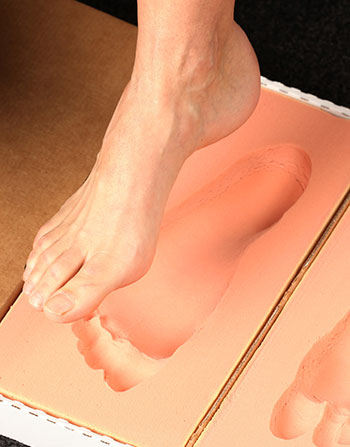
Because each orthotic is created as a subjective response to the specific bunion afflicting each patient, the orthotic creation process merges technology with aspects of empathic artistry.
Our bunion specialists take a complete history of the presenting problem, i.e., the bunion. They then perform a gait analysis.
What is a gait analysis?
Podiatric gait analyses include a thorough observation of all phases of the patient’s walking (and, if appropriate, running) style.
The gait analysis will include a discussion about all the patient’s activities and an evaluation of the footwear that is used for each of those activities. It is important to appropriately match each orthotic device to both the bunion it will relieve and the footwear with which it will be used.
All the biomechanical malfunctions revealed in the gait assessment will be precisely detailed in the resulting fabrication order.
After the gait analysis has been completed, and the bunion itself has been comprehensively diagnosed, a negative three-dimensional image of the patient’s foot is created in a plaster mold.
The three-dimensional mold and detailed fabrication order are then sent to a specialized laboratory for the construction of the orthotic.
When the laboratory returns the orthotic, the treating podiatrist will examine it to make sure it complies with each and every detail of the fabrication order.
The patient will then return to our facility, where the orthotic will be given a trial walk (or run). Another gait assessment will make certain that the problems caused by the bunion have been appropriately addressed.
Then we ask our patients to spend a couple of weeks breaking the orthotic in (i.e., twisting until the break of dawn). The custom orthotic gently modifies the patient’s gait and foot flexion to relieve bunion symptoms. So the patient will soon appreciate the alleviation of their pain. We’ll invite the patient back for further consultation if there are any remaining issues to address.
Why choose University Foot and Ankle Institute for your custom bunion orthotics?
For the last two decades, the custom orthotics created by UFAI have provided pain relief for over 20,000 afflicted feet per year.
If you’re experiencing bunion pain or any other foot problems, we’re here to help. At UFAI, our mission is to provide the best available treatment techniques. We want our patients to be pain-free and back to their daily activities as soon as possible.
Our nationally recognized, board-certified Doctors of Podiatric Medicine (DPMs) and foot and ankle surgeons offer the most advanced care, the highest success rates in the nation, and are leaders in developing surgical technologies that improve every patients’ outcome.
We realize our patients lead busy lives. That’s why our podiatry clinics include their own digital x-ray machines as well as in-house or very conveniently located MRIs and CAT scanners. Local access to this equipment facilitates prompt diagnosis with minimal inconvenience.
Additionally, several of our clinics have in-house physical therapy facilities, giving our therapists immediate access to our doctors. This also allows the doctors the ability to closely monitor their patients’ therapeutic progress.
For more information, schedule a consultation online or call (855) 872-5249.
We are conveniently located throughout Southern California and the Los Angeles area. Our doctors are available at locations in or near: Santa Monica (on Wilshire Blvd.), Beverly Hills, West Los Angeles, Manhattan Beach, Northridge, Downtown Los Angeles, Westlake Village, Granada Hills, and Valencia, California.
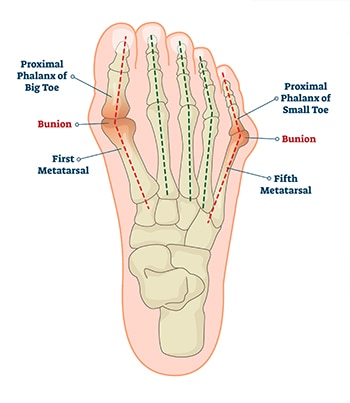
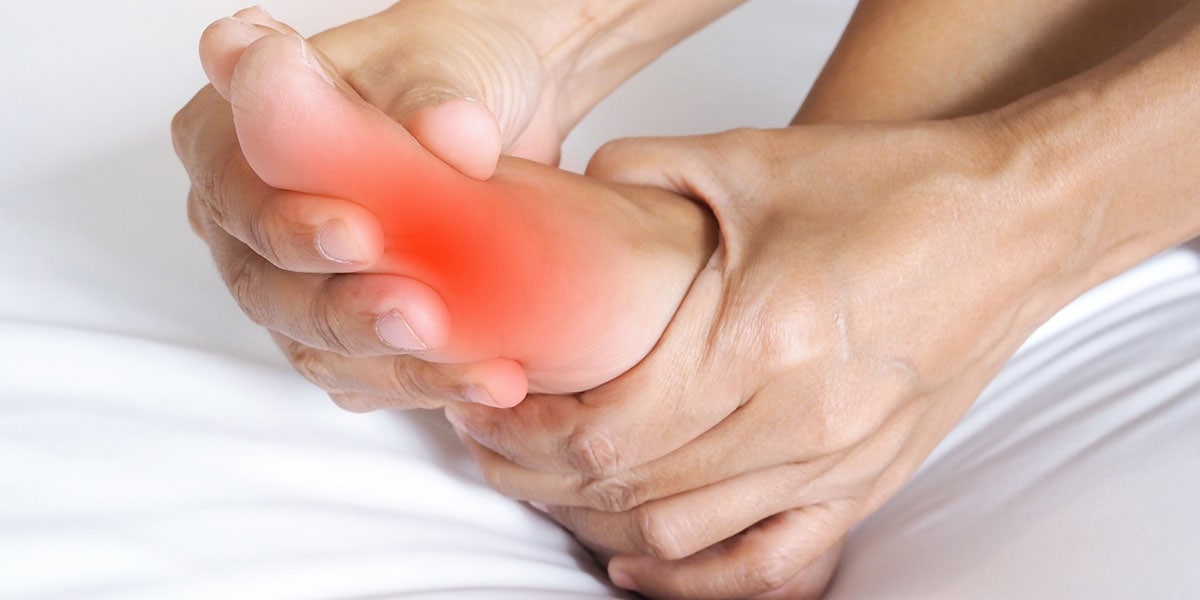
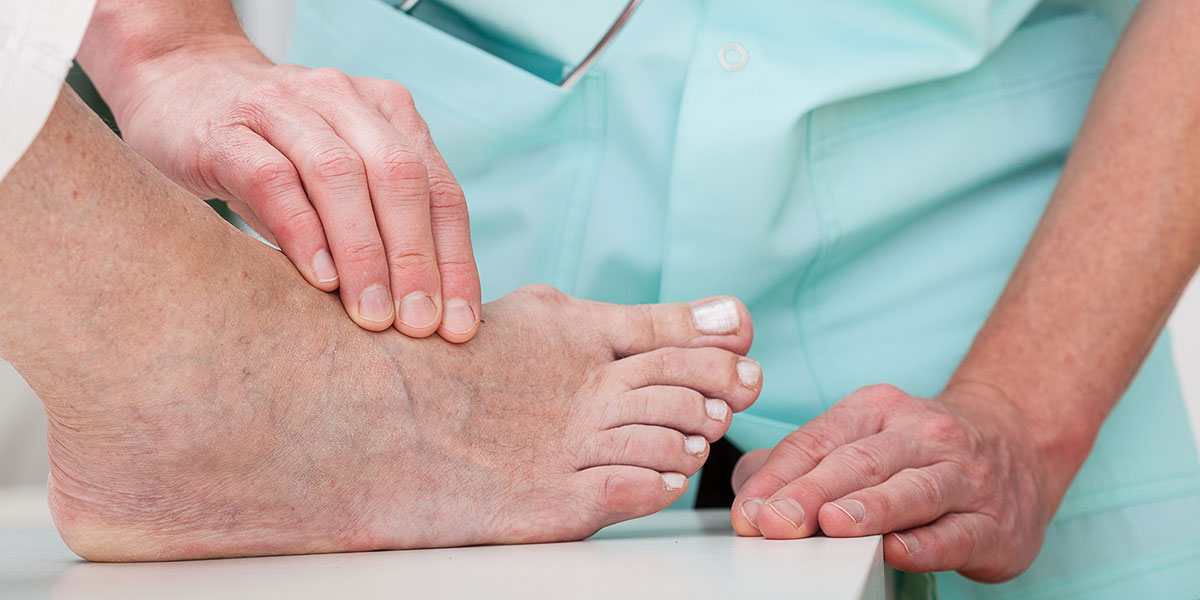
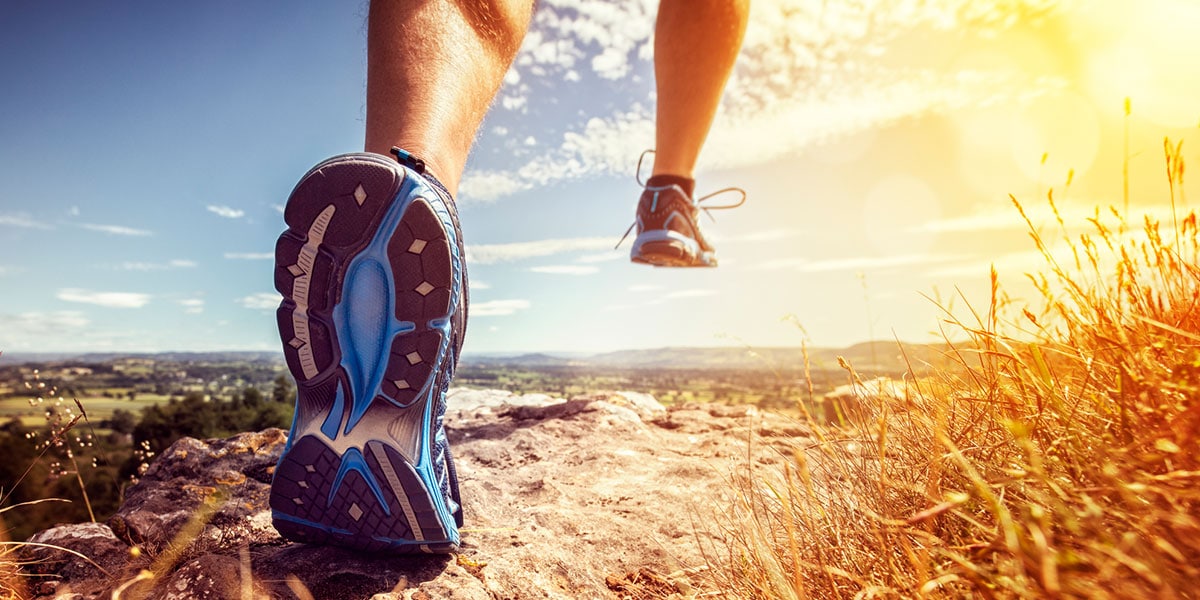
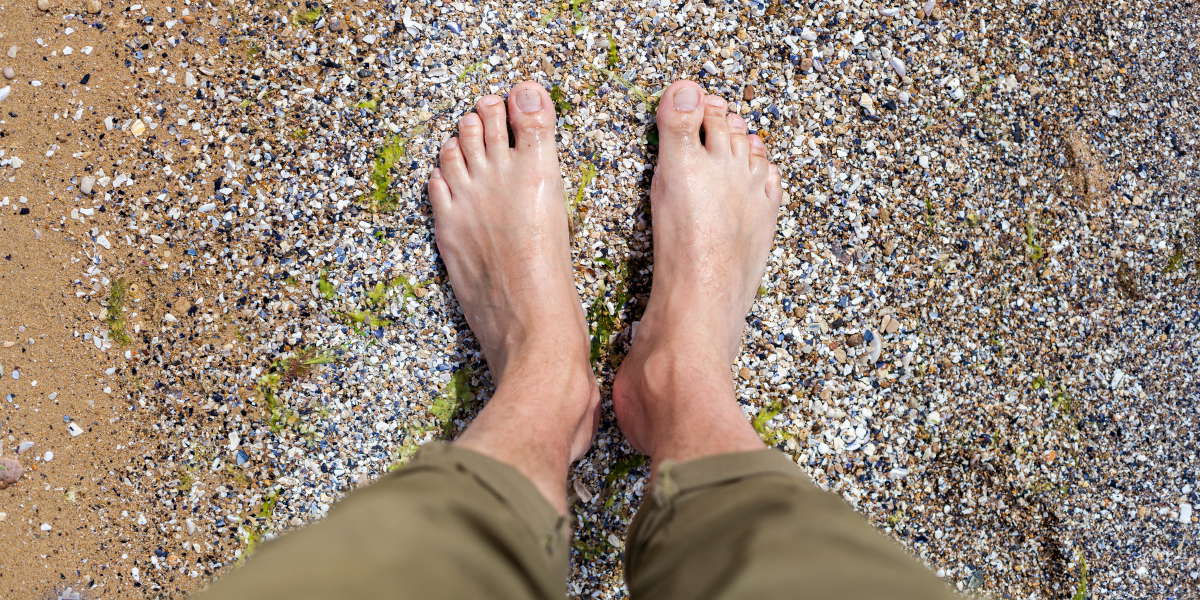



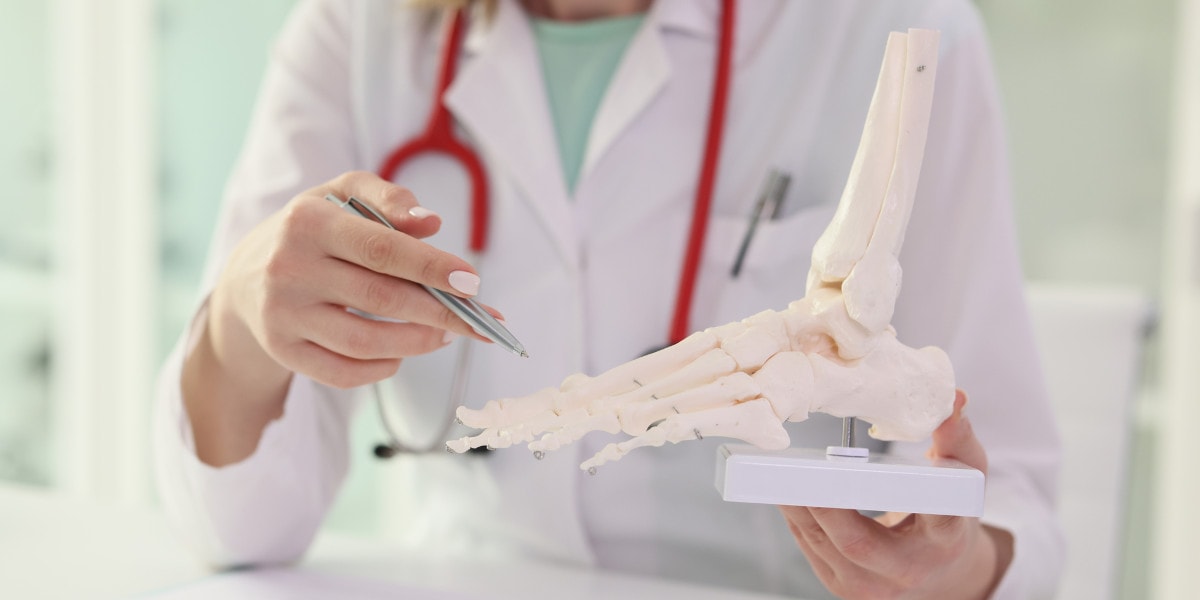
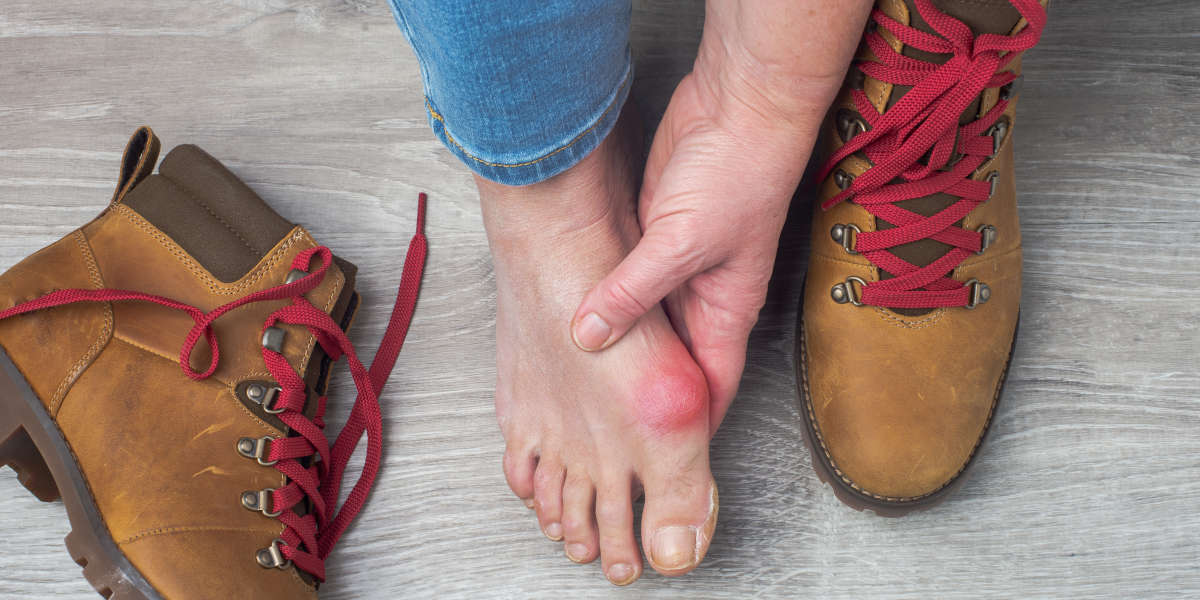
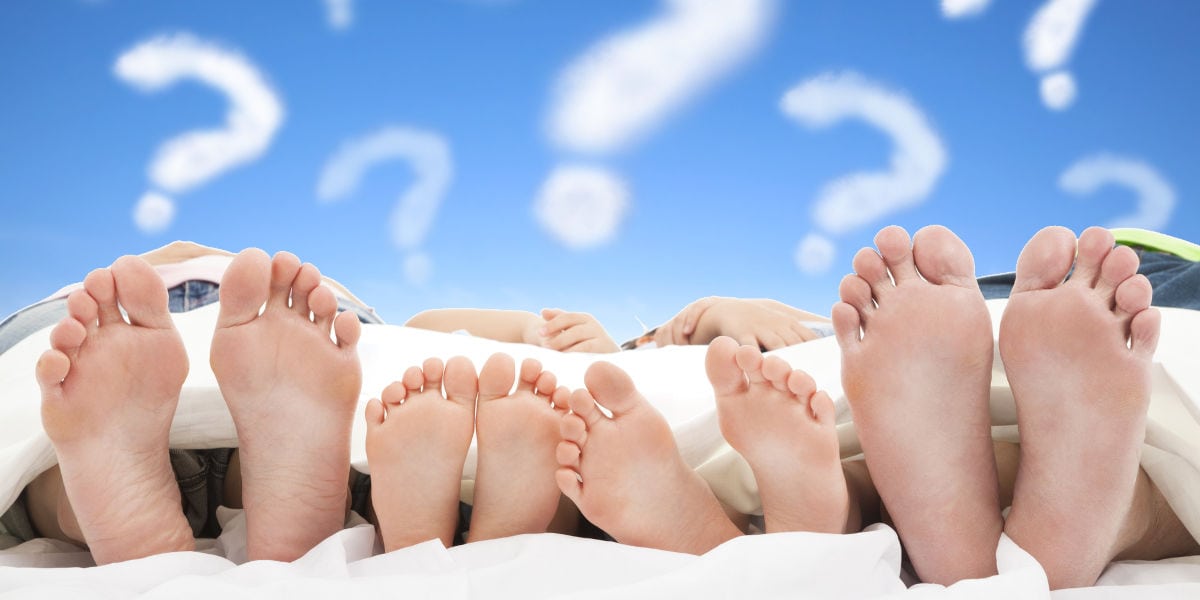
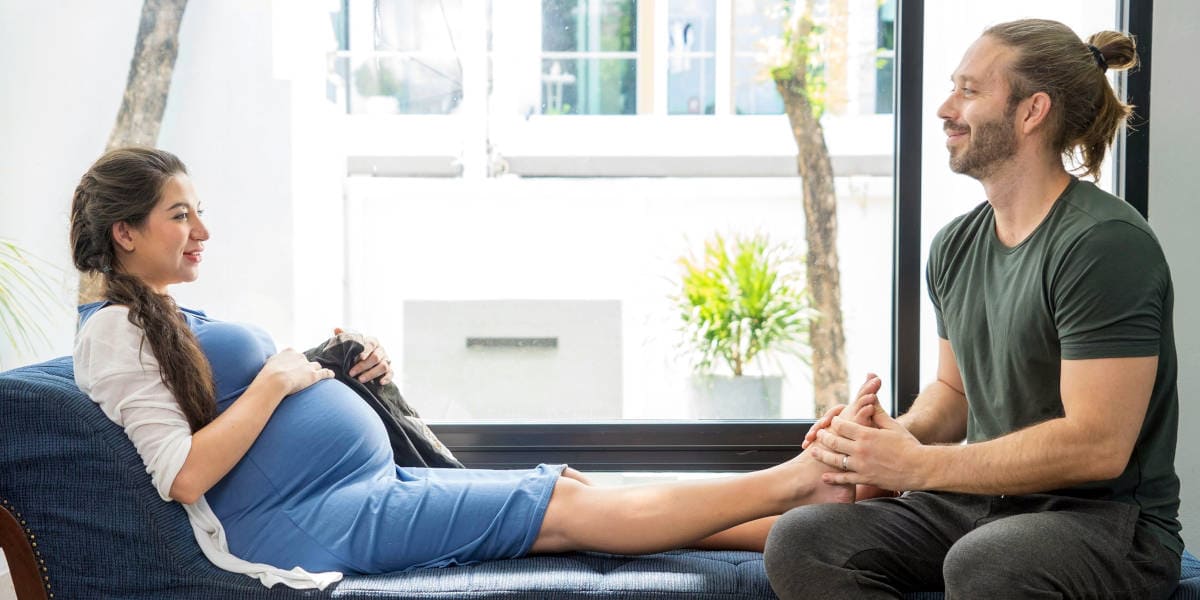
Leave a Comment